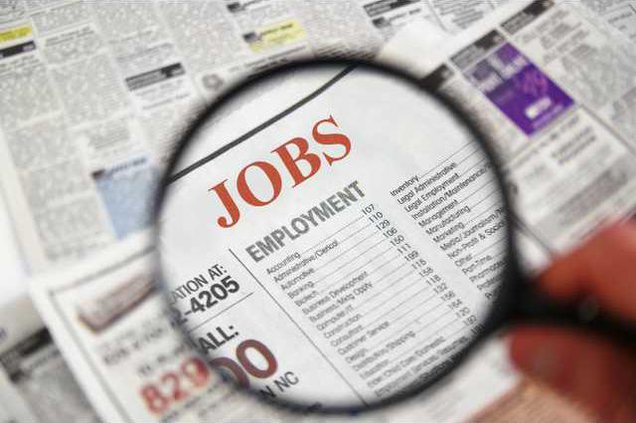As of Sept. 30, the unemployment rate in the United States was 5.9 percent — the lowest since 2008, according to the U.S. Bureau of Labor Statistics.
However, there are reasons to be wary of the number, according to a new Princeton University study.
The accuracy of the Current Population Survey (CPS), which is used to calculate labor statistics, has worsened over the last two decades, say Alan Krueger, Alexandre Mas and Xiaotong Niu, authors of the study: The evolution of rotation group bias: Will the real unemployment rate please stand up?
One of the reasons for the deterioration is increasing survey nonresponses that began after the bureau switched from pen-and-paper mail-in surveys to computer-assisted phone interviews, reported Krueger, Mas and Niu.
“I think it is a specific and relevant finding,” Massachusetts Institute of Technology economist David Autor told the Daily Princetonian. “The way we measure the unemployment rate, which is a key indicator of the health of the U.S. economy, has become less accurate over time … because the actual measure of unemployment is affected by participation in the survey.”
In addition, “there seems to have been an increase in the number of people who once would have qualified as officially unemployed and today are considered out of the labor force, neither working nor looking for work,” said David Leonhardt of the New York Times in agreement with the three researchers at Princeton.
For example, 97,000 people dropped out of the labor force in September, shrinking the labor force and the unemployment rate. This means that “the percentage of working-age Americans in the labor force dipped to 62.7 percent in September, the lowest since February 1978,” wrote the Huffington Post’s Mark Gongloff. Thus, the unemployment statistic is underestimating reality.
Leonhardt said it makes “intuitive sense” that the unemployment rate is understating the real economic woes that remain in the country.
“Wage growth is weak, and Americans are pretty dissatisfied with the economy, according to other surveys,” he said. “The new (Princeton study) is a reminder that the unemployment rate deserves less attention than it often receives.”
But that doesn’t mean that the government's reported unemployment rate should be disregarded altogether.
“We think it’s a good measure, actually. We just think it can be improved,” Mas said.
The fact that U.S. employers added 248,000 jobs to the nonfarm sector in September is still notable, even if those jobs are part-time or low-wage.
September’s job growth marked “the 48th straight month of job growth. That ties the longest stretch since the Bureau of Labor Statistics started keeping track in 1939. The only other uninterrupted four-year run came during the Reagan administration in 1986-1990,” Gongloff wrote.
When looking at GDP, the economy is growing, albeit at a slow but accelerating rate, reported the Wall Street Journal. Eventually business growth is expected to trickle down to the consumer.
In other words, the economy is getting better, but not as fast as the unemployment rate may indicate.
dsutton@deseretnews.com | Twitter: @debylene





